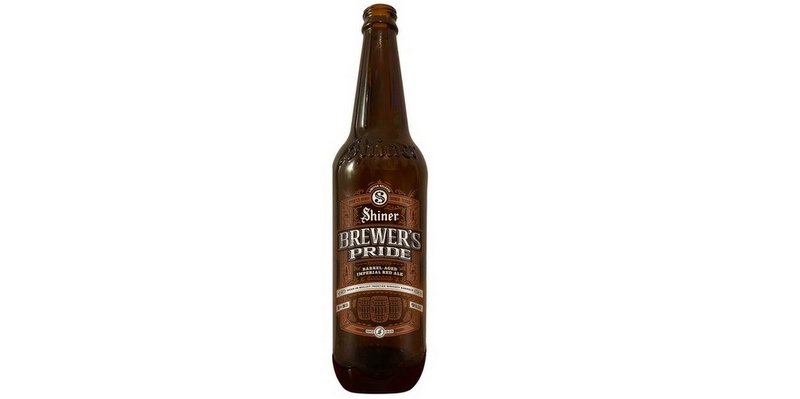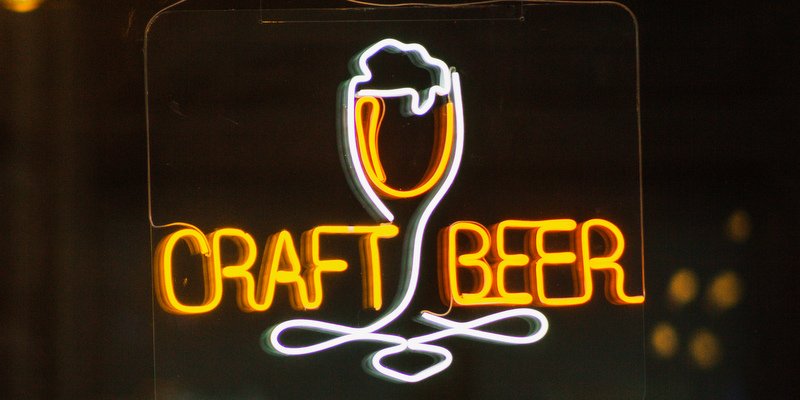
In the brewing industry, traditional approaches to purging tanks rely on estimation and guesswork, which at best leads to inconsistent results and wastes precious carbon dioxide (CO2). At worst, it can irreversibly oxygenate an entire batch of beer, significantly reducing product quality and shelf life. By leveraging intelligent sensors, data analysis, and smart actuated valves, brewers can gain real-time, actionable insights into how they purge brew tanks and even automatically stop the process once it is complete. This advancement provides a more consistent, traceable method for purging, significantly reduces CO2 waste, and promotes a safer, more sustainable environment within brewing operations.
During a significant CO2 shortage several years ago, brewers were struggling to get the food grade CO2 they needed to power their breweries. This elevated and magnified the issues created by inefficient and wasteful purging processes. Operator-to-operator cleaning and sanitization methods have positive or negative impacts on the amount of time needed to purge a brew tank, adding further complications to the challenge of maintaining consistency and traceability in what should be a repeatable standard operating procedure (SOP).
Listening to the growing concerns from several reputable craft brewers, a small instrumentation and automation company began beta testing low cost and reliable technology to provide transparency to what was typically a manual and inconsistent process. The hypothesis was that brewers could significantly reduce purge times using sensors attached directly to the exhaust port of a brew tank.
The beta tests focused on how low power industrial sensing technologies could be mechanically packaged and implemented in a brewery environment to save operators time and resources. The goal was to create a ruggedized, mobile, easy to use, sensing device with intelligent software to quantify and reduce purge times, saving brewers valuable time and CO2.
Lord Hobo Brewing Co. in Woburn, Massachusetts, and Trace Brewing Co. in Pittsburgh, Pennsylvania, were among the first to pilot the technology while purging their tanks.
“We knew that we were over purging our tanks, we just didn’t know by how much,” explains Lord Hobo Brewmaster Keith Gabbett. “I now have real actionable numbers that I can point to and know without a shadow of a doubt that I have replaced all of the oxygen with CO2 in our brite tanks, With this automaton, we have decreased our tank purge time significantly and obviously save money with reduced CO2 consumption.”
Seeing the positive results at Lord Hobo, Trace Brewing jumped onboard.
“For brewers, managing the purge process requires a lot of black magic and pseudo-science,” says Dave Kushner, Trace Brewing CEO. “The way we typically knew if a tank was ready to go was just by sniffing it and feeling the burn. It was a guess, really, but the crazy thing is that a lot of experienced brewers still do it this way.”
Now, with simple brewery automation, Kushner and other brewers can spend less time sniffing CO2, and more time smelling hops. They can match science to the process and use real-time data to save time, money, and reduce CO2 consumption with technology that tells them exactly when the tank has been properly purged.

“We no longer have to have a sixth sense or decades of experience to monitor that process,” Kushner says. “Now, science and technology are on our side. So much of what we do is quality control and consistency. This automation allows us to use real data to quantify a brewery process.”
The simplicity of training and ease of use are crucial advantages of brewery automation, especially for small breweries.
“We do a lot of training at Trace Brewing and have a vocational program, so we have a lot of inexperienced workers who don’t have that instinct yet,” Kushner says. “Sensor technology makes it easy. We can tell a new worker, ‘Hey, when this light turns green, the tank is ready for product.’ Simple as that.”
MacLeod Ale Brewing Co. began using sensor automation to monitor CO2 consumption and purge performance about a year ago. According to Brewmaster Stephen Reeves, the measurable results were immediate.
“Using sensor technology has helped us cut our purge times in half along with reducing the amount of CO2 used,” he says. “This saves not only time, but money, as well. Before using this technology, we had no way to quantitatively measure how well our tanks were purged of oxygen. We just followed a general SOP set by previous brewers and hoped for the best. That left the door open to individual interpretation of those SOPs and too much human error. With the use of automation, this is no longer an issue.”
The Science of Purging Automation
When brewers purge (remove) oxygen from their brew tanks, they typically displace it with an oxygen-free purge gas like carbon dioxide, or nitrogen. The most common strategy is to fill the tank slowly from the bottom with the purge gas, which forces all of the oxygen to move up and out of the tank. The purge gas is exhausted at floor level where pressure sensors and valves are located, or in this case technology that measures the concentration of oxygen.
Without access to sensing technology, most brewers use a time-based approach considering tank size, gas fill pressure, flow rates, and target oxygen percentages. In a perfect environment where the tanks are of an ideal geometry and the purge gas is guaranteed to be consistent, this approach makes sense and leads to a mathematically-backed conclusion that the bigger the tank gets, the longer it should be purged.
However, brewery environments are far from perfect. Tank geometries vary from manufacturer to manufacturer, and source gas used for purging is not guaranteed to be consistent in terms of pressure and flow rate. It is also not guaranteed that the purge gas itself is free of oxygen contamination due to quality control issues upstream, or regulator and gasket leaks within the brewery plumbing systems.
Once a tank has been purged, it is typically filled with beer slowly while under pressure. This activity forces large volumes of gas out of the tank in an upward plunging action with the denser CO2 gas blanketing the top of the beer. The remaining oxygen is physically separated by the layer of CO2, preventing it from dissolving into the incoming beer via what is scientifically known as Henry’s Law.
Without measurement technologies to provide transparency into the process, brewers resort to over purging — an approach that is wasteful, inconsistent, and ambiguous.
The Future of Brewery Automation
Those who are lucky enough to have specialized equipment are typically using it somewhere more valuable in the brewery for tank transfers, filtration, or packaging stations. Leveling the playing field for breweries large and small, sensor technology provides a solution that is approachable, easy to use, and simple to integrate into standard brewery operations. Breweries around the world are dialing in their purges with actionable data, creating repeatable results, saving time and money.
The future of sensor technology for the purging process includes the ability to wirelessly trigger automatic shutoff valves, further increasing the reliability of preventing waste. Anything that can be done to help brewers become more sustainable, more efficient, and less wasteful becomes a huge financial incentive for modern breweries. Reducing CO2 consumption provides many benefits — saving an expensive resource, reducing the health impact on operators, and minimizing the brewery’s carbon footprint.



Automation allows brewers to do what they do best — brew better beer. Trace Brewing began their automation journey by purging several brite tanks, per their usual SOP, using prototype sensors to gather data and to learn more about their process. The technology allowed Kushner to watch the live and historical oxygen data in real time and gain critical insights into how consistently their operators were purging. The results were reviewed and used to fine-tune their purge SOP. He learned quickly that the expense of a few sensors to ensure the quality and consistency of his brews was a sound investment.
“It’s absolutely worth it,” Kushner says. “There has been a clear disruption in the industry. There was a time when monitoring technology was really expensive, but the industry is now making automation affordable for small breweries and small businesses.”

Aaron Ganick is a serial technology entrepreneur and the founder and CEO of Preddio Technologies, the parent company of BrewOps. Aaron holds a degree in electrical engineering from Boston University and has authored dozens of granted patents in the fields of optical networking, telecommunications, and automation systems. He can be reached at [email protected]. For more information on BrewOps, the fast and easy-to-install brewery automation platform, visit www.brewops.com.





[…] How Automation Streamlines Brewery Purge Times and Reduces CO2 Waste […]